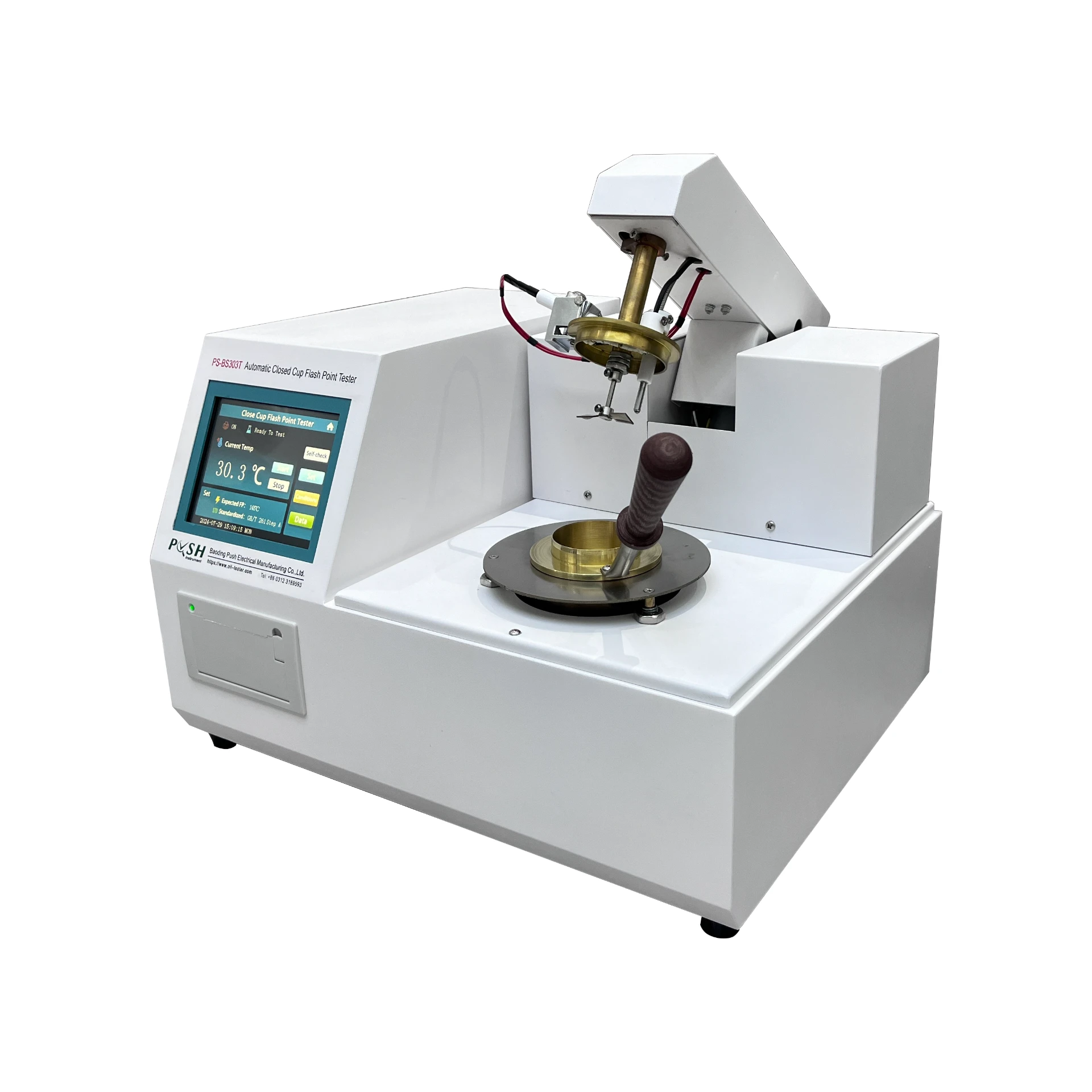 English
English



-
 Afrikaans
Afrikaans -
 Albanian
Albanian -
 Amharic
Amharic -
 Arabic
Arabic -
 Armenian
Armenian -
 Azerbaijani
Azerbaijani -
 Basque
Basque -
 Belarusian
Belarusian -
 Bengali
Bengali -
 Bosnian
Bosnian -
 Bulgarian
Bulgarian -
 Catalan
Catalan -
 Cebuano
Cebuano -
 China
China -
 China (Taiwan)
China (Taiwan) -
 Corsican
Corsican -
 Croatian
Croatian -
 Czech
Czech -
 Danish
Danish -
 Dutch
Dutch -
 English
English -
 Esperanto
Esperanto -
 Estonian
Estonian -
 Finnish
Finnish -
 French
French -
 Frisian
Frisian -
 Galician
Galician -
 Georgian
Georgian -
 German
German -
 Greek
Greek -
 Gujarati
Gujarati -
 Haitian Creole
Haitian Creole -
 hausa
hausa -
 hawaiian
hawaiian -
 Hebrew
Hebrew -
 Hindi
Hindi -
 Miao
Miao -
 Hungarian
Hungarian -
 Icelandic
Icelandic -
 igbo
igbo -
 Indonesian
Indonesian -
 irish
irish -
 Italian
Italian -
 Japanese
Japanese -
 Javanese
Javanese -
 Kannada
Kannada -
 kazakh
kazakh -
 Khmer
Khmer -
 Rwandese
Rwandese -
 Korean
Korean -
 Kurdish
Kurdish -
 Kyrgyz
Kyrgyz -
 Lao
Lao -
 Latin
Latin -
 Latvian
Latvian -
 Lithuanian
Lithuanian -
 Luxembourgish
Luxembourgish -
 Macedonian
Macedonian -
 Malgashi
Malgashi -
 Malay
Malay -
 Malayalam
Malayalam -
 Maltese
Maltese -
 Maori
Maori -
 Marathi
Marathi -
 Mongolian
Mongolian -
 Myanmar
Myanmar -
 Nepali
Nepali -
 Norwegian
Norwegian -
 Norwegian
Norwegian -
 Occitan
Occitan -
 Pashto
Pashto -
 Persian
Persian -
 Polish
Polish -
 Portuguese
Portuguese -
 Punjabi
Punjabi -
 Romanian
Romanian -
 Russian
Russian -
 Samoan
Samoan -
 Scottish Gaelic
Scottish Gaelic -
 Serbian
Serbian -
 Sesotho
Sesotho -
 Shona
Shona -
 Sindhi
Sindhi -
 Sinhala
Sinhala -
 Slovak
Slovak -
 Slovenian
Slovenian -
 Somali
Somali -
 Spanish
Spanish -
 Sundanese
Sundanese -
 Swahili
Swahili -
 Swedish
Swedish -
 Tagalog
Tagalog -
 Tajik
Tajik -
 Tamil
Tamil -
 Tatar
Tatar -
 Telugu
Telugu -
 Thai
Thai -
 Turkish
Turkish -
 Turkmen
Turkmen -
 Ukrainian
Ukrainian -
 Urdu
Urdu -
 Uighur
Uighur -
 Uzbek
Uzbek -
 Vietnamese
Vietnamese -
 Welsh
Welsh -
 Bantu
Bantu -
 Yiddish
Yiddish -
 Yoruba
Yoruba -
 Zulu
Zulu
Exploring the Practical Applications of Transformer Technology in Real-World Scenarios
Transformer Field Testing Ensuring Reliability and Efficiency
In the modern power sector, transformers play a crucial role in the transmission and distribution of electricity. As key components of the electrical grid, their operational efficiency and reliability are paramount. To guarantee these attributes, transformer field testing has emerged as an essential process. This practice involves a series of diagnostic tests conducted on transformers in their operational environment, which serves to assess their health and performance.
Transformer field testing encompasses various types of assessments. One of the most critical is insulation resistance testing, which evaluates the integrity of a transformer’s insulation system. This is crucial since insulation failure can lead to significant operational hazards. By applying a high voltage and measuring the resistance, technicians can diagnose potential risks, preventing costly failures and prolonged downtimes.
Another vital aspect of transformer testing is power factor testing. This technique assesses the efficiency of the transformer under load conditions. By measuring the power factor—essentially the ratio of real power flowing to the power used—technicians can ascertain the transformer's operational efficiency. A low power factor often indicates issues such as moisture intrusion or winding degradation, which can significantly affect performance.
transformer field testing

Thermal imaging has also become an integral part of transformer field testing. This non-invasive technique allows for the identification of hot spots and unusual temperature profiles within the transformer. These anomalies often signal electrical issues or mechanical imbalances that could lead to catastrophic failures if left unaddressed. Regular thermal imaging can facilitate timely maintenance, thereby prolonging the lifespan of the equipment.
Moreover, field testing can include frequency response analysis, which helps evaluate the transformer's physical condition. This method measures the frequency response of the transformer to identify any mechanical deformations. Changes in frequency response over time can indicate problems such as winding movement or core failure.
Ultimately, transformer field testing is not just a set of tasks; it is a proactive approach to maintaining the health of power systems. By routinely conducting these tests, utility companies and maintenance teams can ensure that transformers operate optimally, reduce the risk of unexpected failures, and extend the lifespan of the assets. In an era where reliability and efficiency are paramount, the importance of transformer field testing cannot be overstated. Through careful and regular assessments, we can secure the backbone of our electrical infrastructure, ensuring it remains robust and efficient for years to come.
-
Ensuring SF₆ Gas Safety: Introducing PUSH’s Integrated SF₆ Analyzer for Dew Point, Purity, and Decomposition MonitoringNewsJul.10,2025
-
Exploring the Main Types of Industrial Endoscopes and Their Applications Across IndustriesNewsJul.04,2025
-
Testing Equipment Industry Sees Major Advancements in 2025: Smart & Precision Technologies Lead the WayNewsJun.06,2025
-
Applications of Direct Current Generators in Renewable Energy SystemsNewsJun.05,2025
-
Hipot Tester Calibration and Accuracy GuidelinesNewsJun.05,2025
-
Digital Circuit Breaker Analyzer Features and BenefitsNewsJun.05,2025



